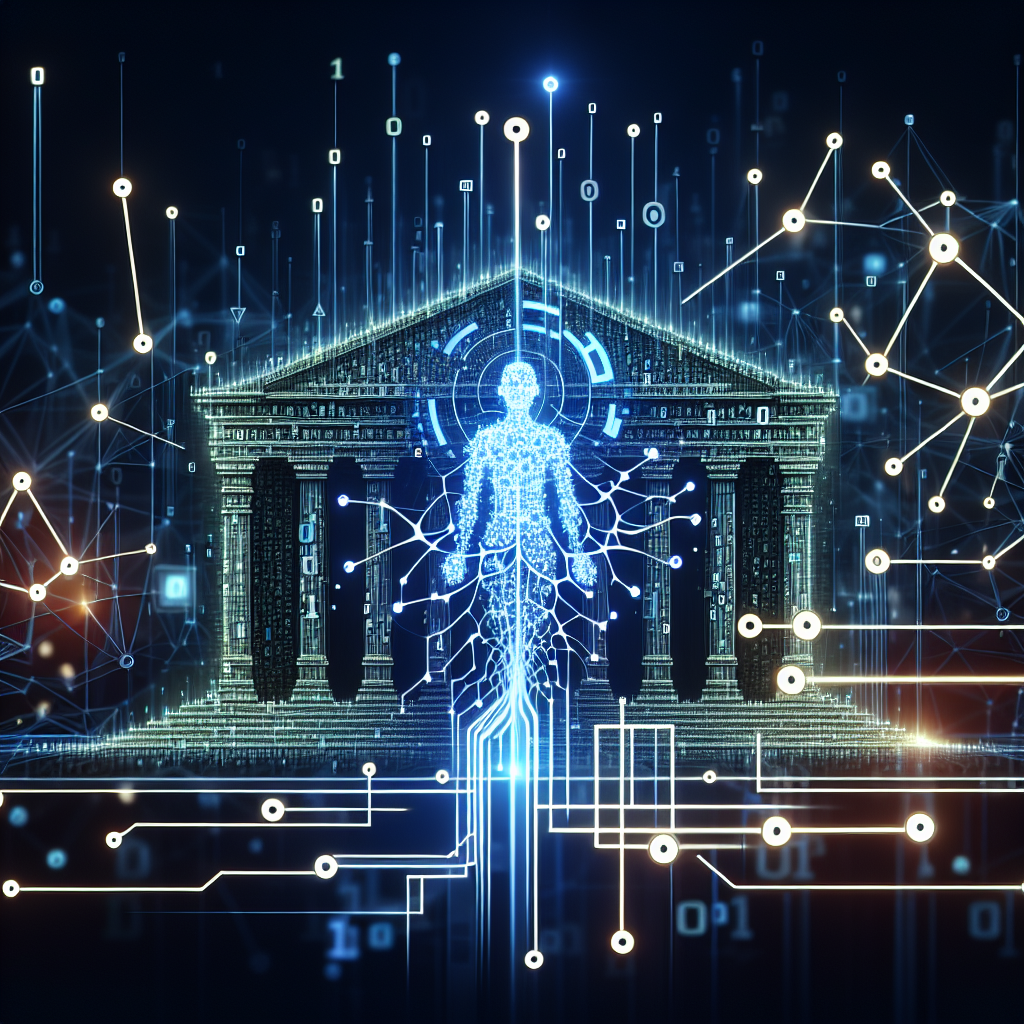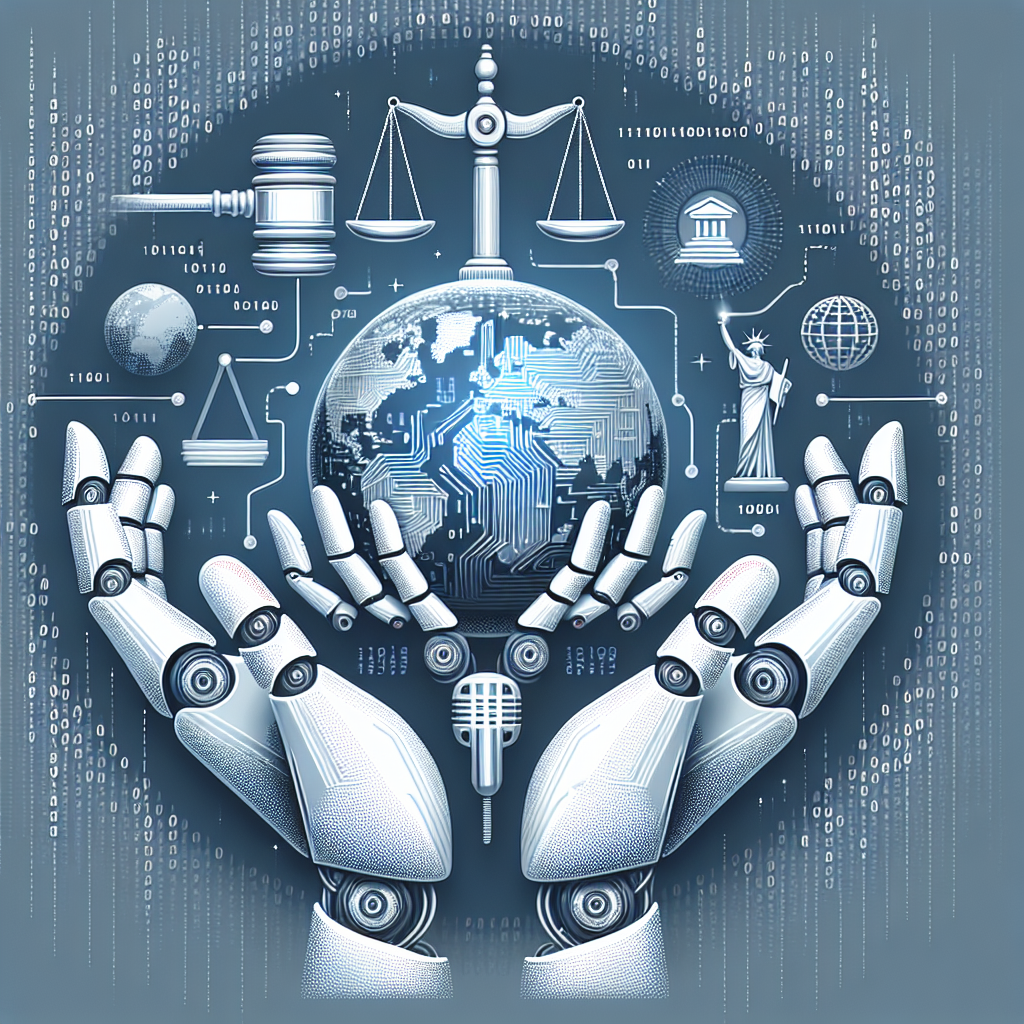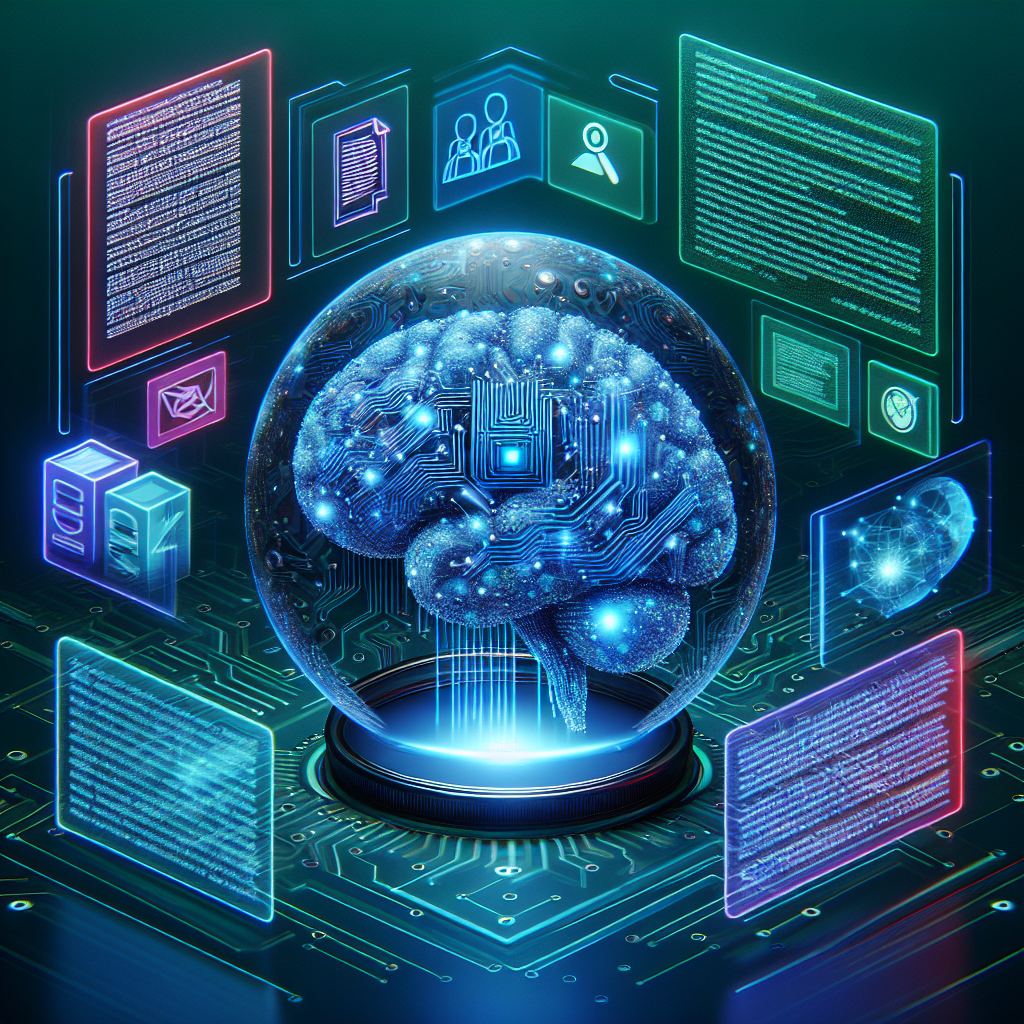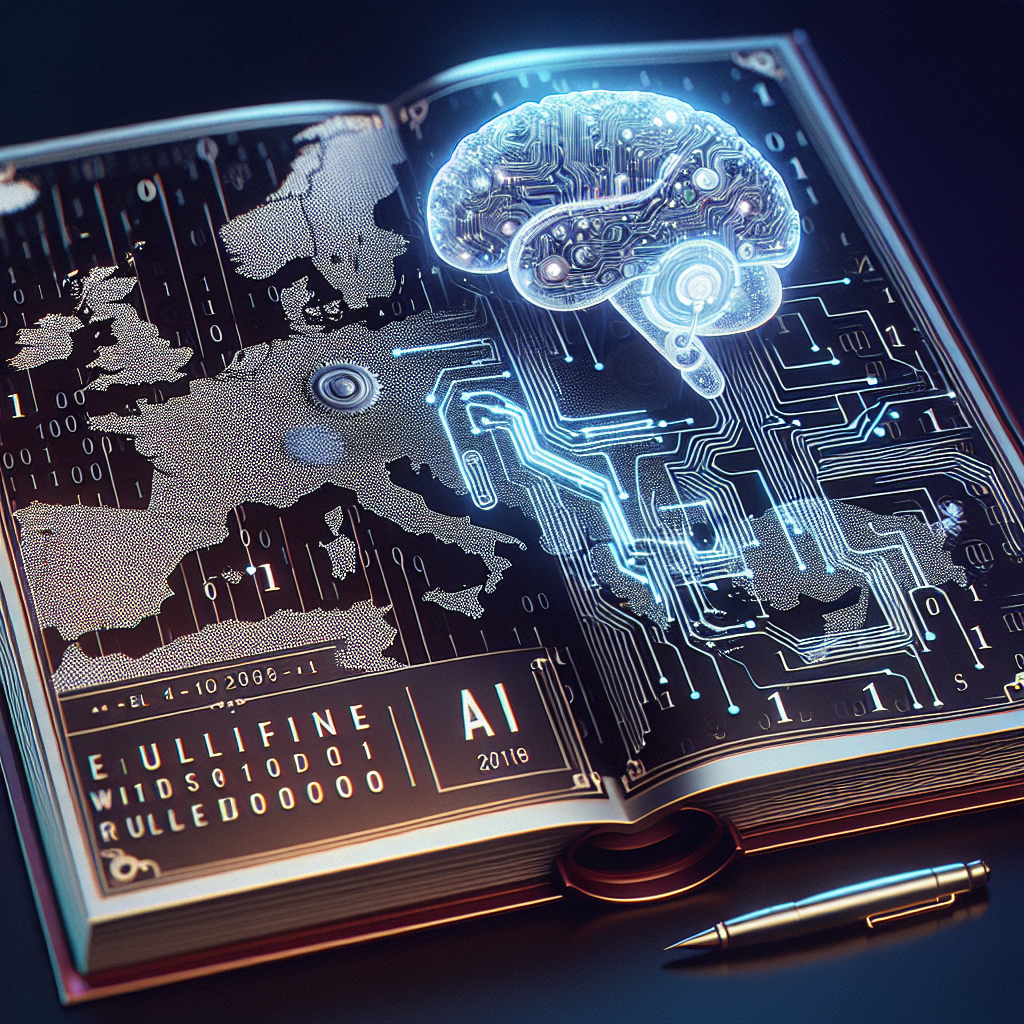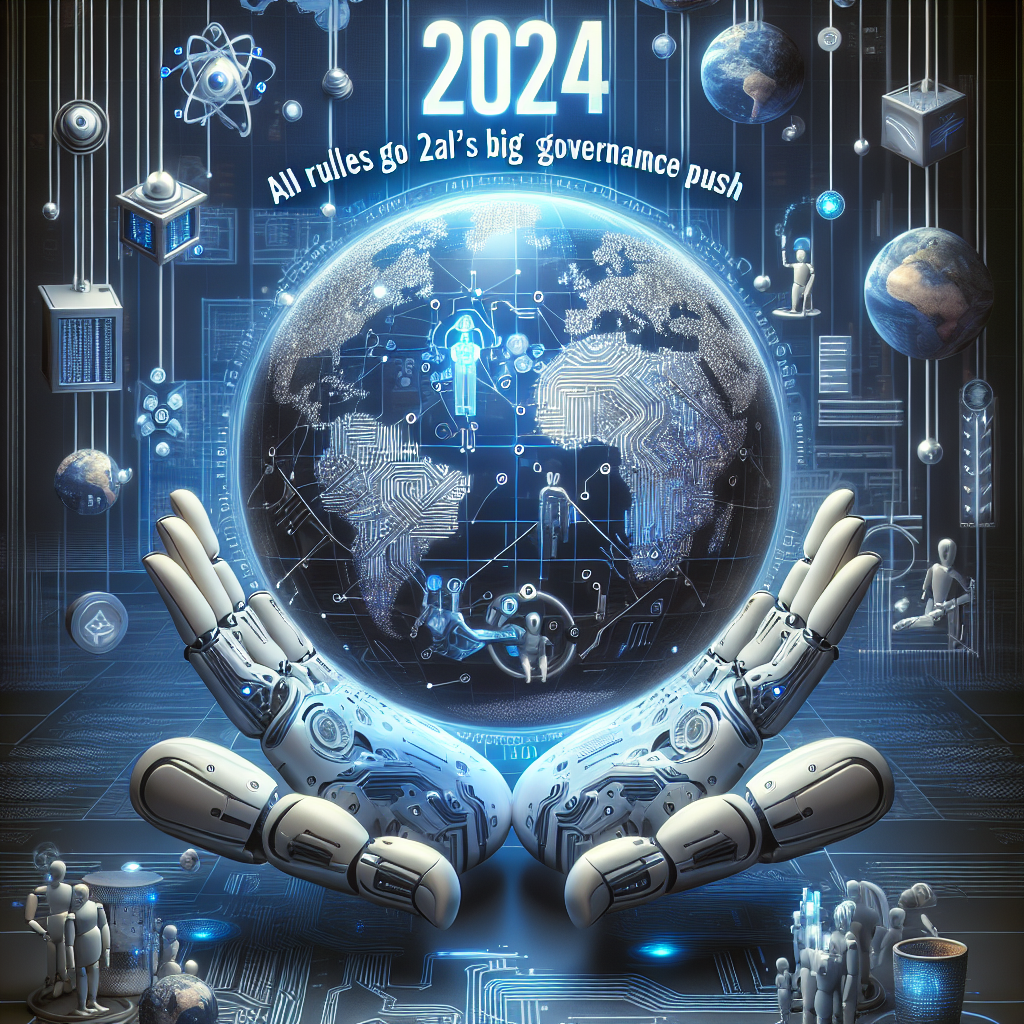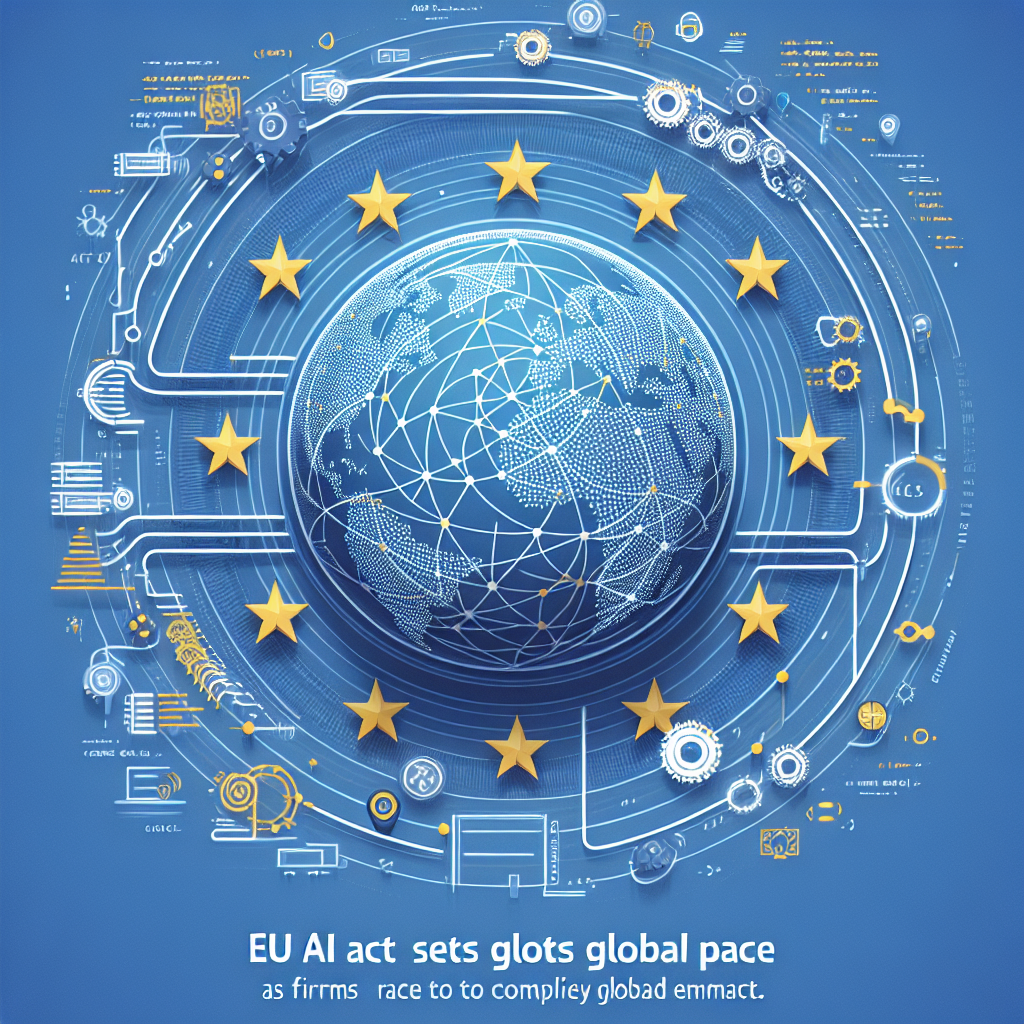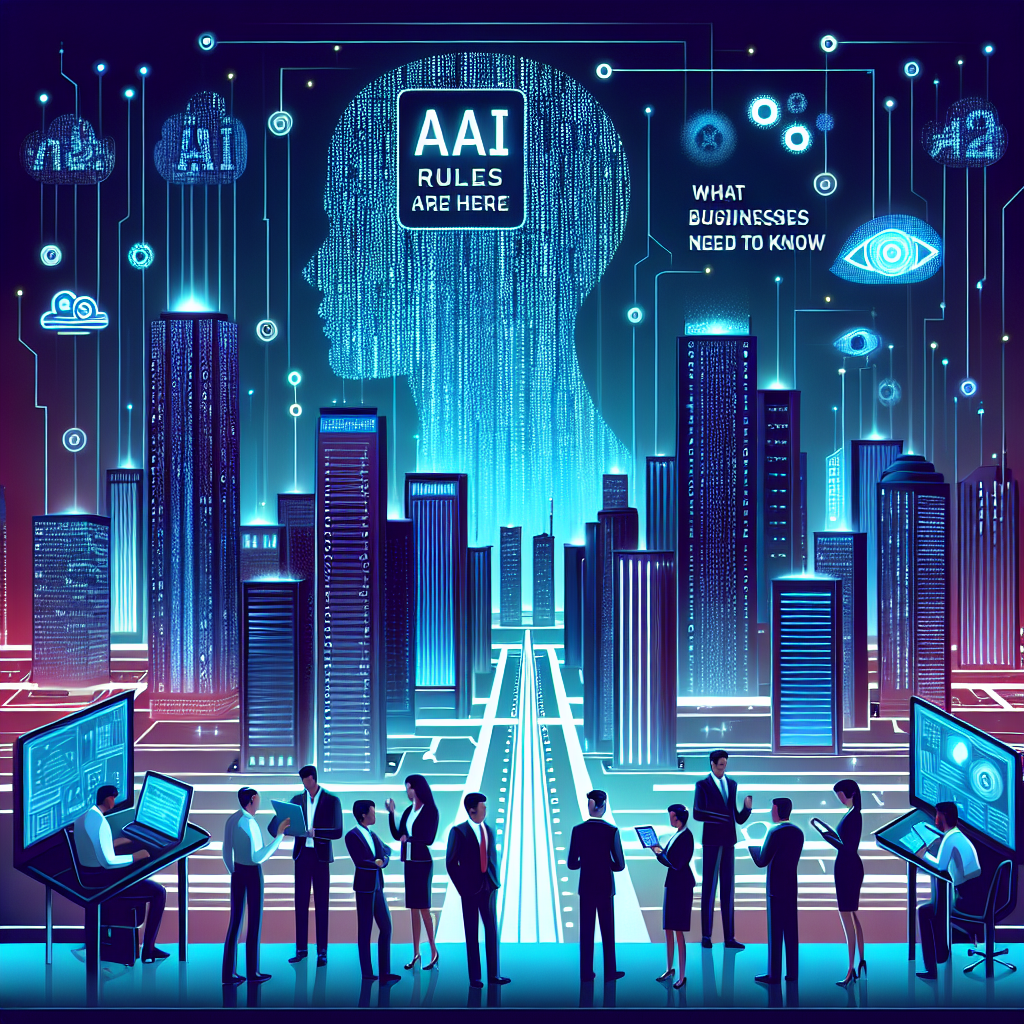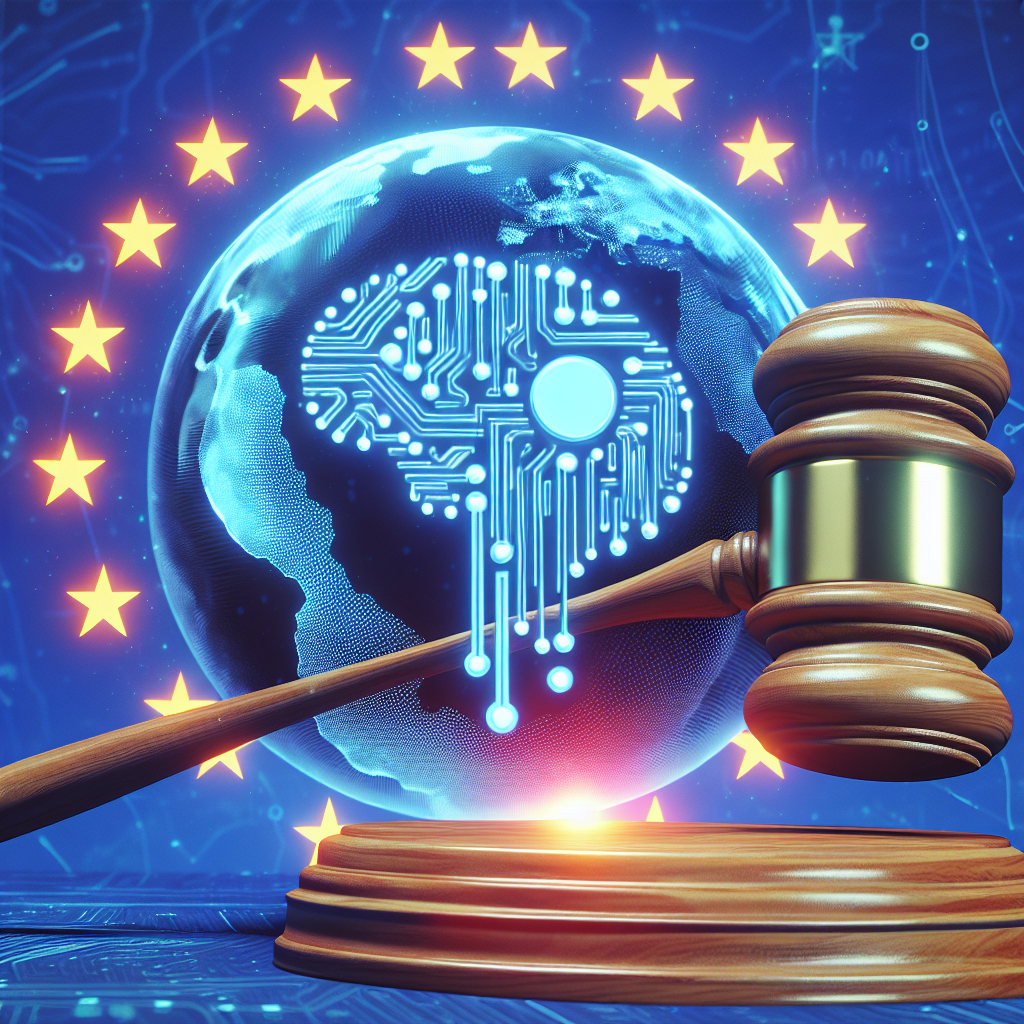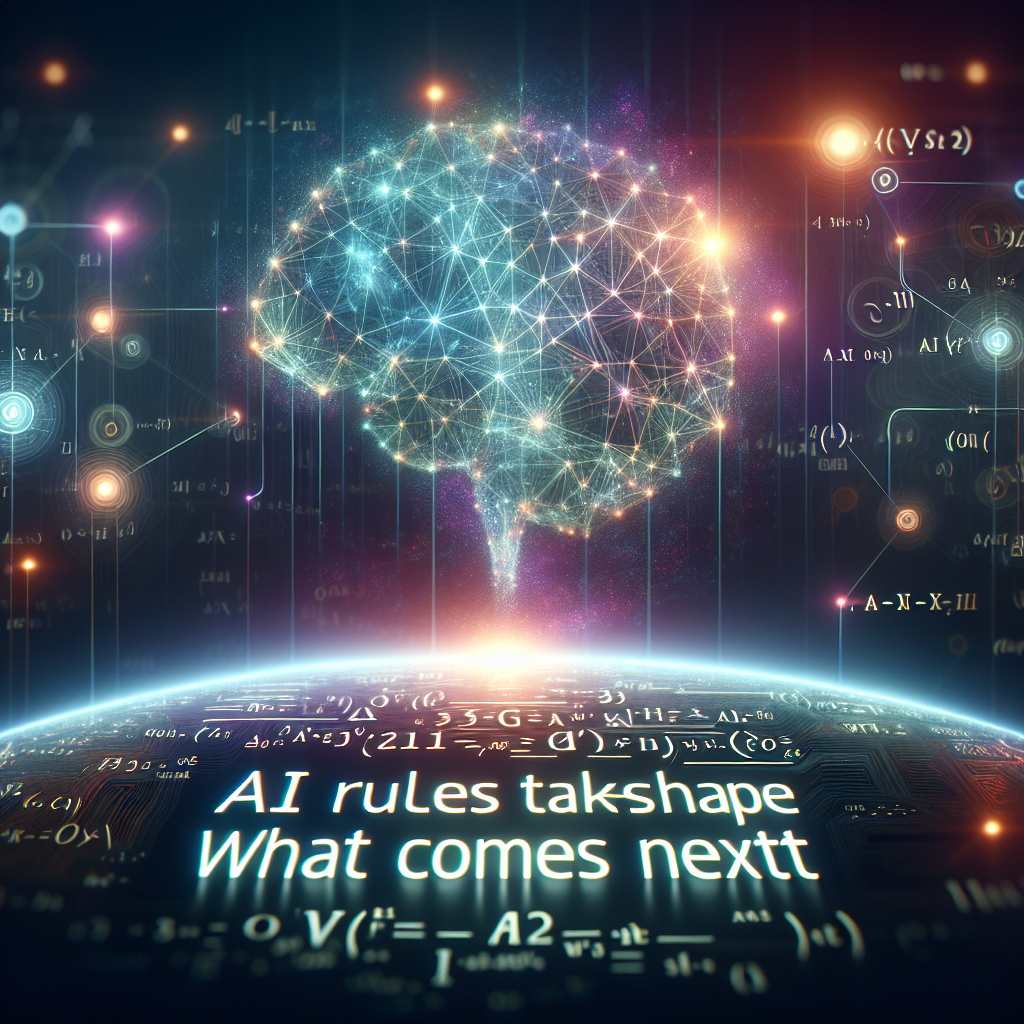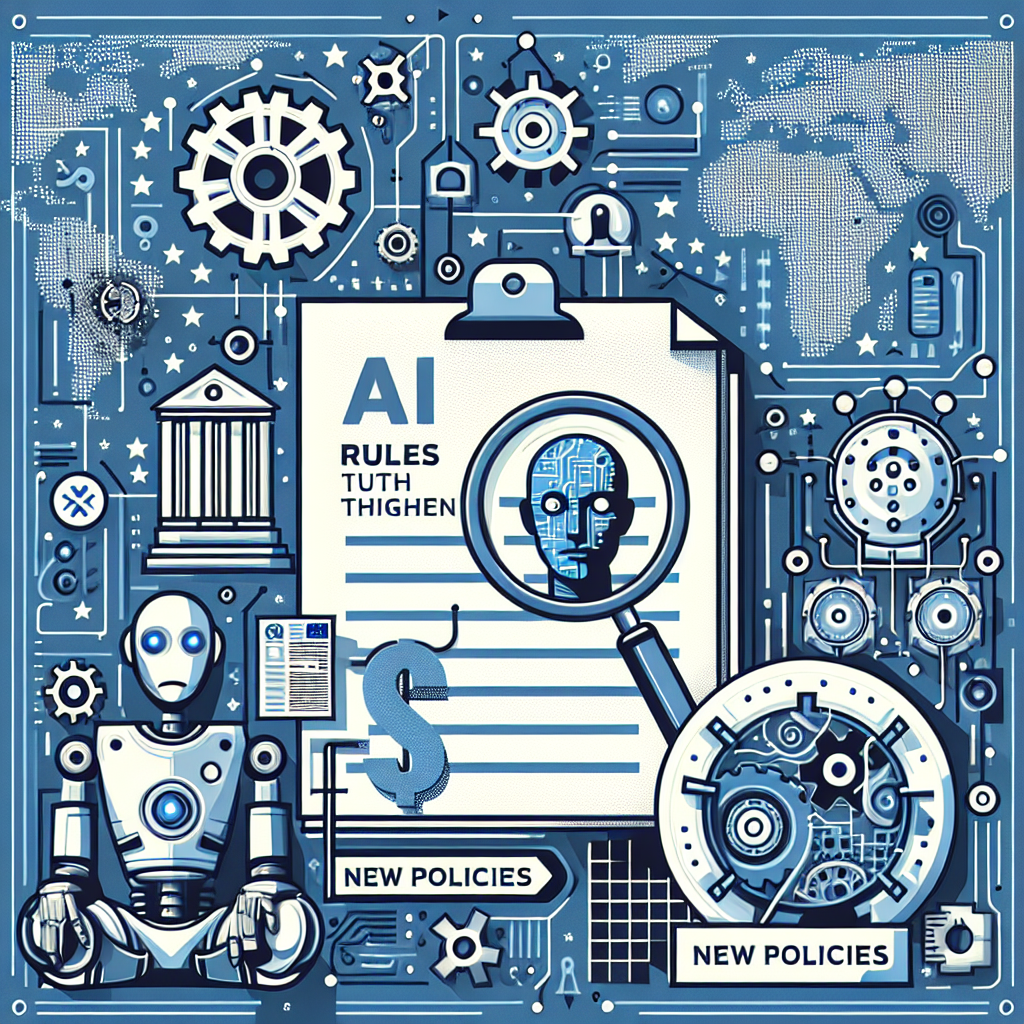AI’s Power Problem: Can Grids Keep Up?

AI’s growth is pushing the limits of the power grid
Artificial intelligence is booming. Tech companies are racing to build larger data centers packed with specialized chips. Those sites need electricity. A lot of it. Utilities and regulators are now weighing how to keep power reliable while supporting the next wave of computing.
The warning lights are flashing. The International Energy Agency (IEA) said in early 2024 that “Global electricity demand from data centres, artificial intelligence (AI) and cryptocurrencies could double by 2026.” The agency’s statement reflects a fast shift. Just five years ago, many grids had spare capacity. Today, new AI campuses can require hundreds of megawatts. Some regions are seeing delays, higher costs, or both.
Why AI is so power hungry
AI training and inference run on high-performance chips. Those accelerators draw far more power than a standard server. Training a frontier model can use tens of thousands of accelerators for weeks. Inference, which runs the model for users, can be continuous and global.
- Hardware intensity: Advanced AI chips can consume hundreds of watts each. A single rack can host many, pushing sites toward liquid cooling and denser designs.
- Always-on demand: Cloud services run around the clock. AI adds spiky, unpredictable workloads, complicating grid planning.
- Cooling needs: Power in equals heat out. Operators are moving from air to liquid cooling to improve efficiency and reduce energy losses.
The result is a rapid buildout of new capacity. Industry analysts note that hyperscale providers have announced dozens of large campuses across North America, Europe, and Asia. Local communities face land, water, and transmission questions alongside the promised jobs and tax revenue.
Where the pressure is strongest
Grid constraints are showing up in fast-growing tech hubs. Transmission lines take years to permit and build. Substations need upgrades. In several markets, utilities have proposed new generation to meet data center load, including gas plants, while also planning more wind, solar, and storage.
Water is part of the picture. Some cooling systems use water to reject heat, though many operators are pivoting to closed-loop systems, air cooling in cooler climates, or heat reuse projects. Local rules are evolving. Cities are asking operators to disclose water use, shift loads to off-peak hours, or meet energy-efficiency targets.
Industry bets on efficiency and clean power
Companies say efficiency is their first line of defense. New chips promise more performance per watt. Data center designers target lower power usage effectiveness (PUE) with better layouts, tighter airflow, and liquid cooling. On the software side, engineers prune models, batch requests, and shift workloads to match renewable output.
- Better chips: Each generation aims to deliver more useful compute per unit of energy. Vendors also bundle accelerators with high-speed networks to reduce wasted power.
- Smarter code: Algorithmic efficiency can trim training time and inference cost. Research has shown steady gains from model compression and quantization.
- Clean energy deals: Tech firms sign long-term contracts with new wind and solar projects. Some invest in batteries and explore geothermal or small modular nuclear to supply steady power.
These steps help. But demand is rising faster than efficiency in many places. The net effect still points upward for electricity use in AI-heavy clouds, at least in the near term.
Regulators and policymakers enter the debate
Officials are updating rules to manage growth. Some proposals require large data centers to provide grid services, such as demand response, where facilities reduce or shift load during peak hours. Others call for transparent reporting on energy and water use.
AI’s broader risks are on the policy agenda as well. At a 2023 U.S. Senate hearing, OpenAI’s chief executive Sam Altman said, “We think that regulatory intervention by governments will be critical to mitigate the risks of increasingly powerful models.” While his remark addressed safety and accountability, it mirrors the energy dilemma: the technology’s benefits are clear, but so are the system-level costs.
In Europe, the new AI Act sets rules for safety, transparency, and accountability. Energy use is not its central focus, but the law signals tighter oversight for high-impact systems. National governments are also reviewing planning codes for data center siting, interconnections, and environmental reporting.
What this means for consumers and communities
Electricity customers care about reliability and price. Utilities must keep the lights on as AI demand grows. If new load arrives faster than generation and transmission, stress can show up as constraints, curtailment of renewables, or higher peak prices.
- Reliability: Large, inflexible new demand can strain grids during heat waves or cold snaps. Demand response by data centers could add a safety valve.
- Rates: New infrastructure costs money. Regulators will decide how much is paid by data centers versus general ratepayers.
- Local impact: Communities weigh jobs and tax revenue against land use, noise, traffic, and water concerns. Clearer data on benefits and impacts can build trust.
The road to balance: options and trade-offs
Experts say no single fix will solve AI’s power problem. Progress will likely come from multiple actions moving together.
- Speed up transmission: Faster permitting and regional planning can connect new generation to where it is needed.
- Site with the grid in mind: Build near strong substations and renewable resources. Co-locate with industrial heat users to reuse waste heat.
- Use flexible demand: Shift non-urgent AI workloads to off-peak hours or to regions with surplus renewable power.
- Measure and disclose: Standard reporting on energy, emissions, and water can guide policy and investment.
- Keep improving efficiency: Hardware and software gains compound. Small percentage improvements at scale save large amounts of power.
Outlook: rising demand, clearer rules
The near-term picture is straightforward. AI demand is climbing. Grid upgrades take time. The IEA’s doubling warning underscores the gap that planning must close. If companies deliver on efficiency and clean energy procurement, the growth can be managed. If not, bottlenecks will get worse.
Longer term, the industry could settle into a steadier pattern. Better chips, mature cooling, and flexible scheduling would reduce the strain. More renewables and storage would smooth supply. Stronger interregional transmission would spread risk. In that scenario, AI becomes one large, well-managed class of electric load.
The stakes are high. AI promises economic gains, new tools for science, and productivity growth. But the grid is a shared asset. Balancing innovation with infrastructure takes coordination and transparency. That is the hard work now underway in boardrooms, utility control rooms, and public hearings. The outcome will shape how—and how fast—the next wave of AI arrives.
Sources: International Energy Agency analysis on data centre, AI and cryptocurrency electricity demand (2024); U.S. Senate testimony by OpenAI CEO Sam Altman (May 2023); public statements from cloud providers and regulators; industry technical reports on data centre efficiency.





























